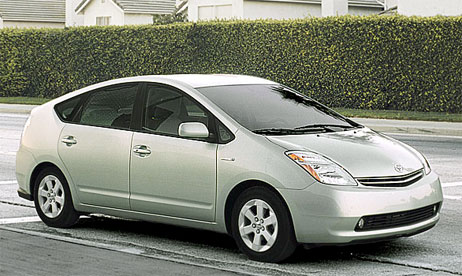
Like a lot of people, I‘m often running late. One of our two cars—a five-year-old Honda Civic Hybrid—has a digital readout showing fuel economy. Because I travel so much (ironically hopping on a plane or driving hours to lecture about energy savings or green building), I get lots of opportunity to track my mileage. When I’m running late and have to speed down to the airport—sometimes pushing my luck at 70-75 miles per hour—I find my mileage running about 40-42 mpg. On a more relaxed return drive at 60 or even 55 mph, my fuel economy jumps by 20% or more—to over 50 mpg.
The difference is reduced wind resistance. It reminds me, in very clear terms, just how significantly I can save energy and money by altering my driving habits. In this column, we’ll take a look at a range of options for improving driving efficiency.
Reduce your driving speed. Stick to the speed limit, or even drive slightly below (as long as you’re not increasing risk by impeding traffic). Reducing highway speed from 65 mph to 55 mph increases fuel economy by 10-15%. The U.S. Department of Energy (DOE) suggests thinking of every 5 mpg over 60 mpg as equivalent to paying at extra $0.30 per gallon for gas.
Avoid aggressive driving. Rapid acceleration and hard braking can increase fuel consumption by as much as 33%, according to the DOE, while increasing pollution emissions five-fold. Coasting to a stop saves energy (since you take your foot off the accelerator sooner) and reduces wear on your brakes.
Don’t idle your vehicle. If you’re going to be sitting for more than about 30 seconds, turn the ignition off to save fuel. Most cars don’t need to be warmed up—except, perhaps, in the coldest weather.
Drive direct routes and avoid traffic. By shortening your route, you can save energy—though on a rough, curvy road, your mileage may drop. Try to avoid rush hour.
Use cruise control on highways—usually. If you have a heavy foot, use cruise control to maintain even speeds at or slightly below the speed limit. On hilly highways, though, you may be able to do better without cruise control by slowing down somewhat on inclines and then allowing gravity to help on downhills.
Use the proper gear. If you have a manual transmission, upshift through the gears quickly, unless extra torque is needed (uphill, pulling a trailer, etc.). With an automatic, ease off on the accelerator to induce upshifting. If your car has an “overdrive” gear, use it on highways.
Use your air conditioner sparingly. When driving around town, open your windows and turn off the A/C to save energy. On highways, it’s better to close windows to minimize drag.
Keep tires properly inflated. Underinflated tires will reduce your fuel economy. Most tires lose about 1 psi per month and 1 psi for every 10-degree drop in temperature. For every 3 psi reduction in tire pressure, fuel economy drops by about 1%, according to the American Council for an Energy Efficient Economy (ACEEE), while reducing tire life and detracting from handling. Buy low-rolling-resistance tires, which can boost fuel economy by as much as 4%.
Keep the engine tuned up. An well-tuned engine will perform better and achieve better fuel economy. Service your vehicle regularly, including oil and air filter changes. Use the recommended grade of motor oil.
Remove rooftop racks. Anything attached to your vehicle will increase aerodynamic drag and reduce fuel economy. When not in use, remove rooftop bicycle, ski, and luggage racks. Even a flag on your antenna can reduce your mileage by 1-2 mpg (negating your patriotism).
Remove unnecessary weight. Added weight in a car or truck makes the engine work harder; 100 pounds of extra weight reduces fuel economy by about 1%, according to ACEEE.
Park in the shade. Keeping your car cool when parked not only reduces the need for air conditioning when you start up, but it can also reduce evaporation of gasoline.
Buy a more efficient car. The next time you’re in the market for a vehicle, choose a more efficient model. Carefully consider whether you really need a truck or SUV.
Weekly Newsletter
Get building science and energy efficiency advice, plus special offers, in your inbox.





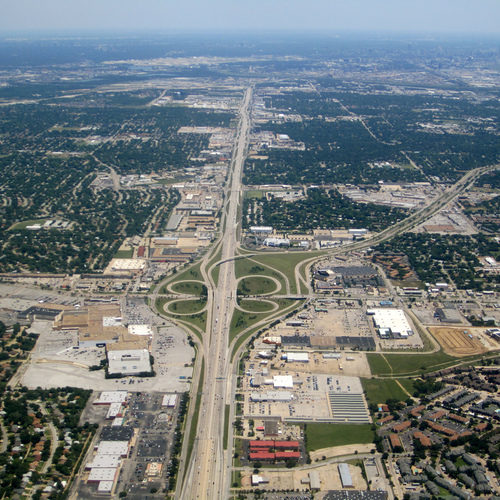
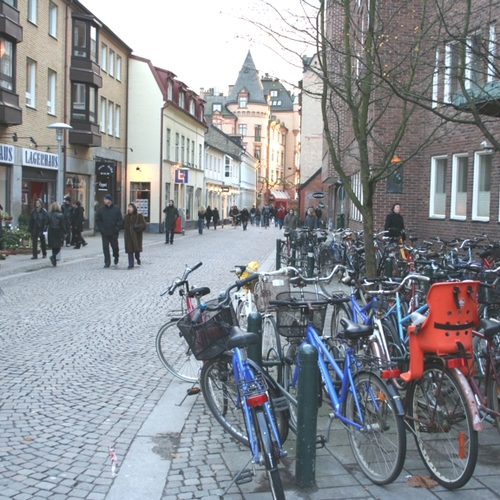
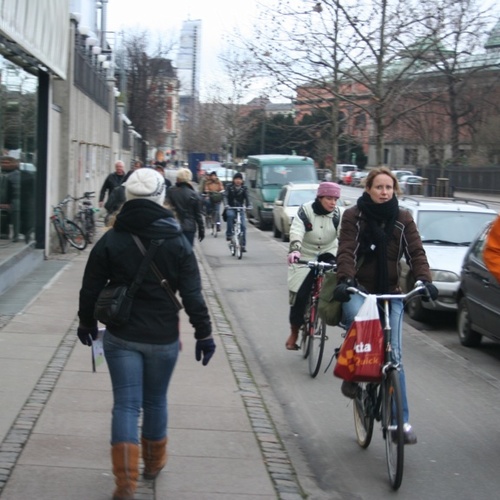
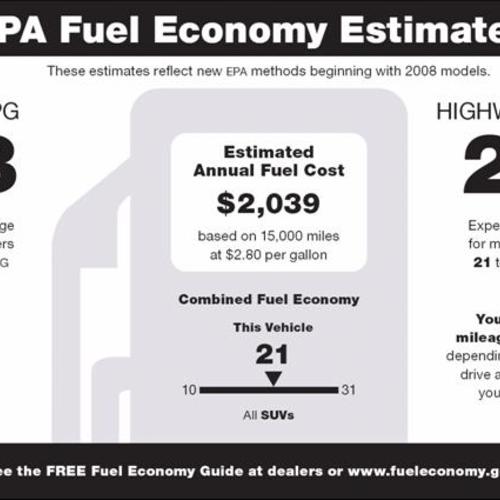






0 Comments
Log in or create an account to post a comment.
Sign up Log in